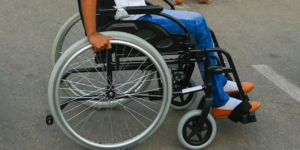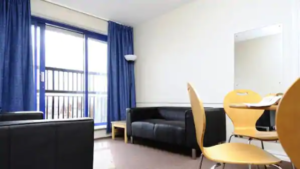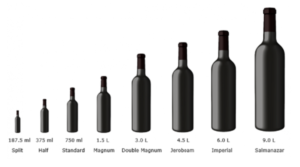Cycling: Does it make you lose weight?
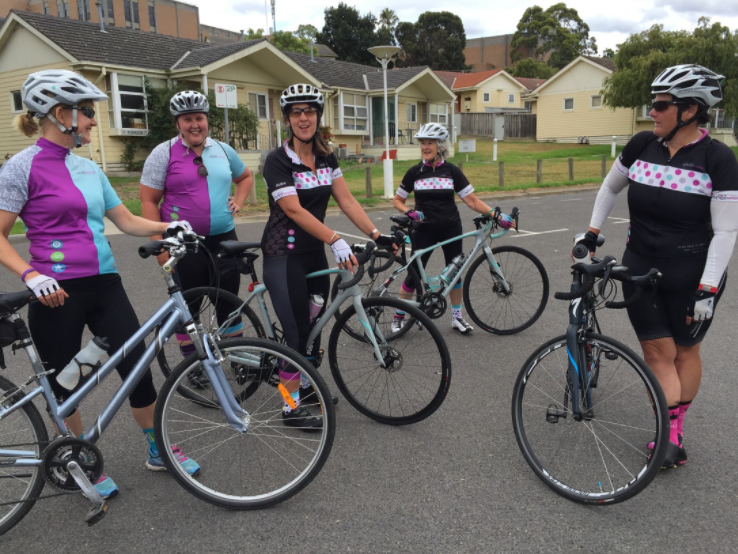
If you are looking for a way to exercise without getting bored, know that cycling is weight loss but also fun and liberating. In this article we will see all the benefits, trying to understand how to take advantage of a good ride to get back in shape.
“You wanted the bike and now pedal” some would say, without knowing that pedaling is a great way to stay fit and healthy. The benefits of cycling are many: it helps tone the legs and buttocks, but also serves as leisure to free the mind and explore new places. And if you can’t ride a bike, check out this video for an exercise at home that simulates pedaling.
The benefits of cycling
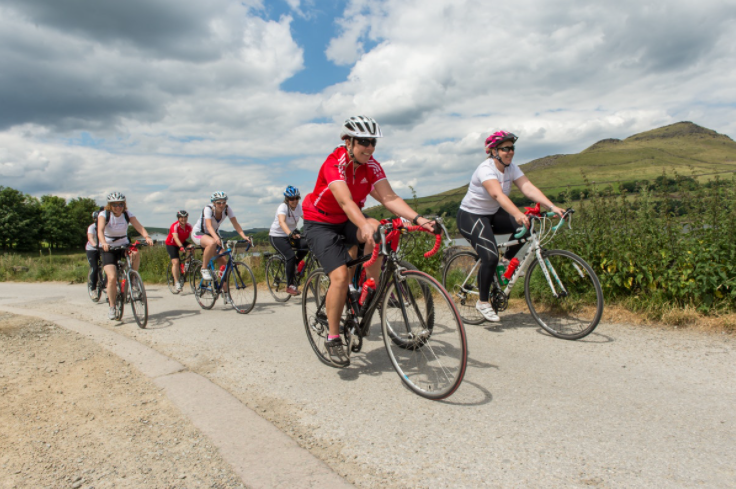
Does cycling make you lose weight? The answer is yes. This result has emerged from some studies which state that after about two weeks of cycling training the cyclist’s ability to burn fat increases significantly. In reality, it is enough to carve out little time for a workout three or four times a week, so as to begin to see the first progress in terms of weight loss.
Cycling is not only good for the body because it tones the buttocks, stomach, and hips, but also has a positive effect on mood, making us immediately feel more free, relaxed, and full of energy.
Pedaling is also good for cellulite: the movement stimulates the microcirculation and oxygenates the tissues reducing, over time, the imperfections and the orange peel typical of this problem.
And what about the abs? At first glance it might seem that this type of muscle is not involved, instead of while we pedal the abdominals contract continuously to keep us in position and balance the muscle contraction; therefore, at the end of the workout, the belly will also be more toned and defined.
Among the other advantages of the bicycle, we cannot forget the fact that it does not cause risks for the joints: unlike running or other sports to be practiced in the gym, there is no pressure on the lower limbs, great look for those over a certain age or have general joint problems, suffering from back pain or joint pain.
It only takes 30 minutes of cycling to fully enjoy all the benefits mentioned above: the body begins to release endorphins, the main substances responsible for a good mood so in addition to having burned calories, after the walk we will also be happier!
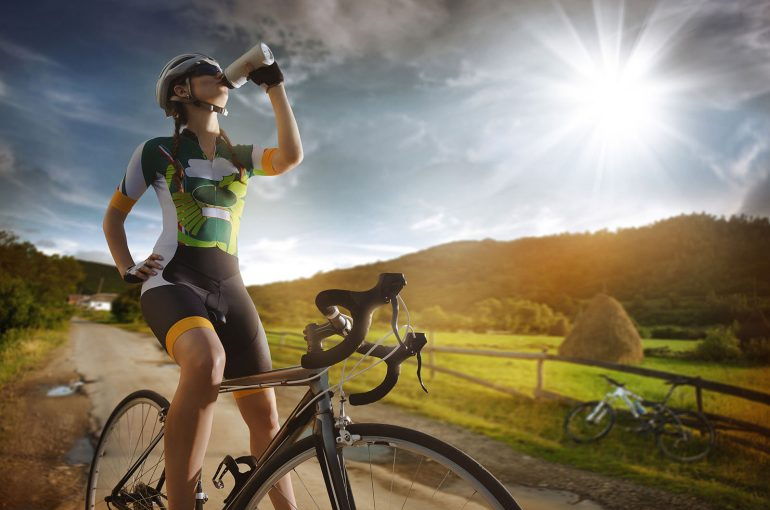
The abdominal muscles are continuously stressed during our bike training. Even if it is often thought that it is impossible to get the abdominals out with simple pedaling, you have to change your mind: the abdominal muscles are involved in the effort and remain contracted for the entire time we are in the saddle. If you’re aiming to reduce your waistline, focus on your abs as you pedal and contract them as much as possible for even greater benefits.
But all these rules also apply to the exercise bike? Even if the mechanism is a little different (on an exercise bike it is not necessary to maintain balance as on a bicycle), you can still get wonderful results with constant pedaling. If you have the possibility, opt for a classic bike, but during the cold season or for those who are beginners or have little time, even the exercise bike remains a valid alternative.
Ride a bike to firm up your legs and buttocks
One of the reasons why more and more women avoid the bike or the stationary bike is to be found in the fact that there is a real fear that the volume of the calves and quadriceps will increase dramatically, making less of what is ideal. feminine aesthetic.
Nothing could be more wrong: the bike is a sport that can accentuate the muscles, toning them and modeling especially the legs, but without increasing the volume of specific areas involved in the exercise.
The muscles of the legs with pedaling are strengthened, the thighs appear slimmer and more modeled as well as being toned and snappy. Why give up on all this by chasing rumors and false myths? Find out with the help of a personal trainer.
How many calories are consumed while cycling?
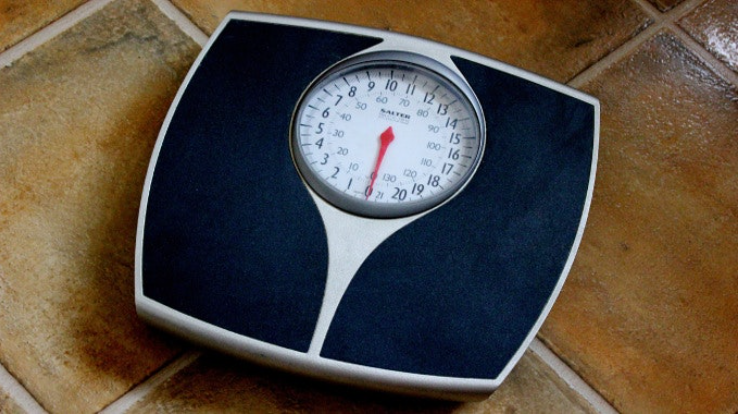
The path is chosen, together with the type of bike, greatly affects the final calorie consumption of the ride. By opting for dirt roads, climbs, and difficult terrain, you can burn almost 300 calories in 30 minutes, but it will be a high-intensity activity.
If, on the other hand, pedaling with a normal bike is maintained at a speed of about 20 Km / h for 1 hour, the calorie consumption will be around 450kcal, without considering the breaks, the descents, or the moments when we are not pedaling. In general, it is useful to know that to burn fat on a bike you need a lot of oxygen, so never get out of breath.
Instead, the calorie consumption on the exercise bike, all depends on the program set: speed, number of pedal strokes per minute, and time will inevitably affect the final result.
How to train using the bike?
What is the best workout to lose weight using the bike? First of all, it will be of fundamental importance to establish a program, defining how often to ride a bike and for how long. To do this, you can also get help from a professional: at the beginning, it is better to start with 30 minutes of cycling a day or 60 minutes of cycling three times a week. This mode will allow you not to unnecessarily overload the knees that are not trained, it will avoid the typical muscle pains of those who have been inactive for too long, and finally, it will allow you not to lose motivation.
The initial goal will be about 90 rides per minute, even reaching 100 after a few days have passed since the first workout. It’s okay to set yourself the goal of losing weight by going, but without exaggerating and finding yourself out of breath after the first few minutes. In general, your heart rate for fat burning while cycling should remain between 60-70% of your maximum heart rate.
Beyond training, the bike remains the recommended means for any trip: ecological, comfortable, and fun, it will be impossible to give it up to go shopping, to work, or to school, maximizing the results of the workouts planned for the week.
Another article on this blog that may interest you:
Bicycle: The best top 5 bikes in 2020


